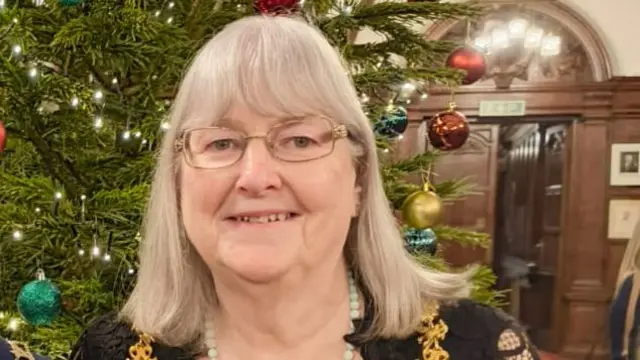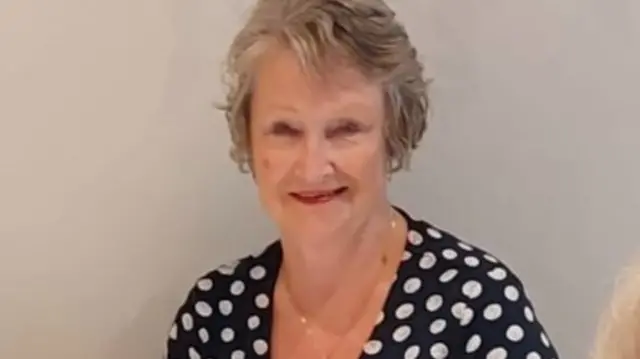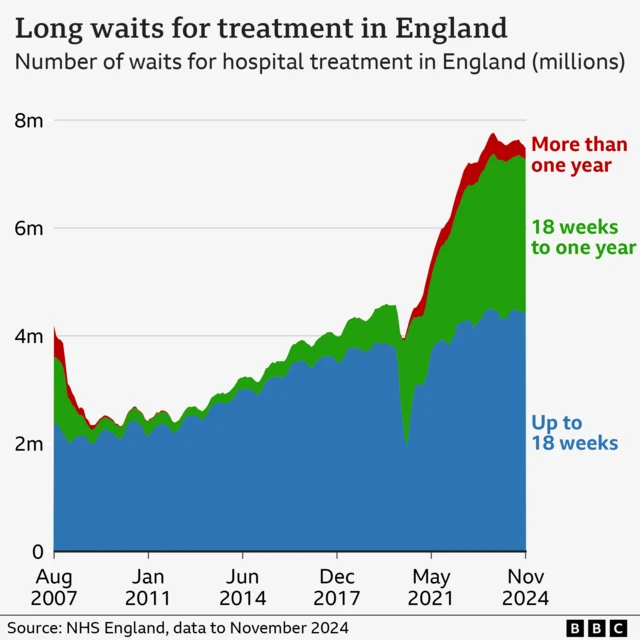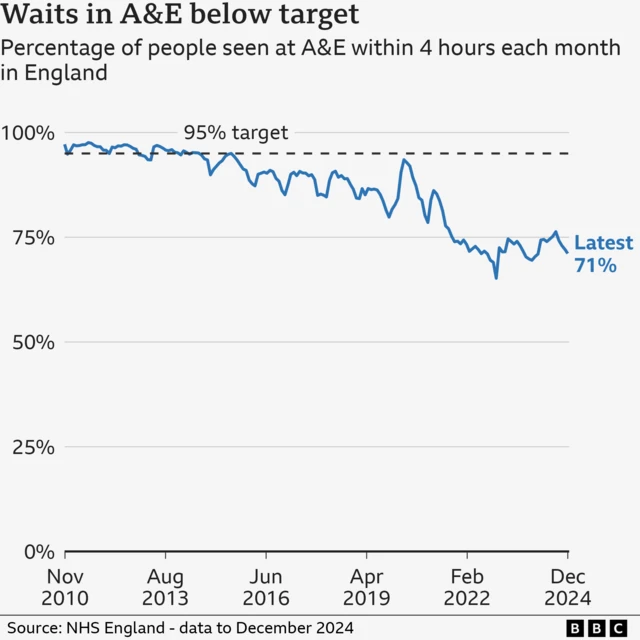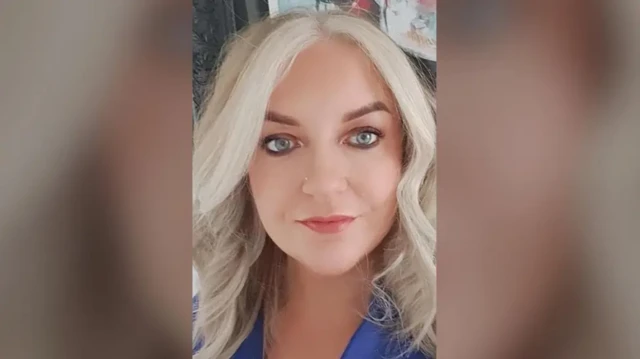Thirty-hour waits in A&E and overwhelmed staff - your stories of NHS pressurespublished at 16:13 GMT 9 January
Alex Therrien
Live editor
The NHS and health are consistently among the topics you, the audience, tell us are most important to you.
So today, with hospitals facing winter pressures caused by flu and other respiratory viruses, we've been covering your stories of receiving emergency care.
We heard of elderly patients waiting 30 hours for treatment and a hospital corridor lined with patients on trolleys resembling a "warzone".
Doctors and nurses also shared their concerns about emergency care being at breaking point.
One nurse said she found herself "fighting tears" at work because providing even basic care to patients had become a struggle.
A consultant said she felt "ashamed" about the state of emergency care in the country, and she we would worry if an elderly relative of hers needed to dial 999.
The story of the NHS being under pressure - particularly at winter - isn't new. But as our health correspondent Nick Triggle notes, there is deep concern among NHS bosses about rising flu rates further overwhelming hospitals.
Thanks for following our coverage and particularly to those who shared their stories.




